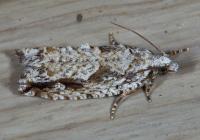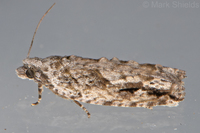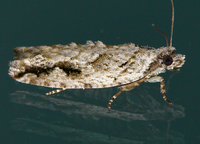
| Recorded by: Dean Furbish, Lior S. Carlson, S. L. Reeves on 2025-11-21
Orange Co.
Comment: | 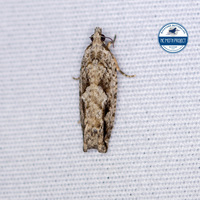
| Recorded by: Dean Furbish, Lior S. Carlson, S. L. Reeves on 2025-11-21
Orange Co.
Comment: |

| Recorded by: Jim Petranka on 2025-11-20
Madison Co.
Comment: | 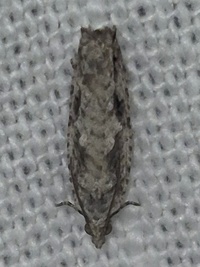
| Recorded by: Michael P Morales on 2025-11-16
Durham Co.
Comment: |
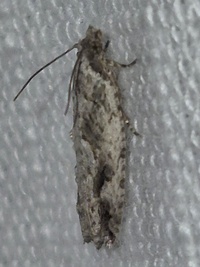
| Recorded by: Michael P Morales on 2025-11-16
Durham Co.
Comment: | 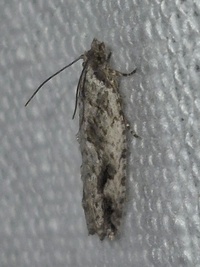
| Recorded by: Michael P Morales on 2025-11-16
Durham Co.
Comment: |

| Recorded by: Jim Petranka on 2025-11-07
Madison Co.
Comment: | 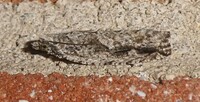
| Recorded by: Simpson Eason on 2025-10-26
Durham Co.
Comment: |
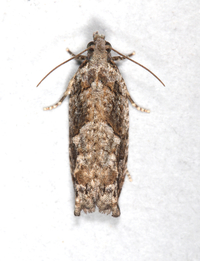
| Recorded by: Jim Petranka on 2025-07-20
Madison Co.
Comment: | 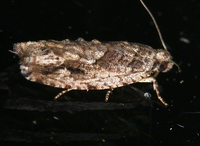
| Recorded by: Jim Petranka on 2025-06-08
Madison Co.
Comment: |
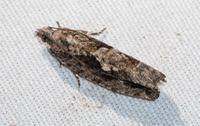
| Recorded by: Emily Stanley on 2025-05-08
Buncombe Co.
Comment: | 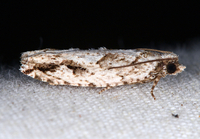
| Recorded by: Jim Petranka on 2025-04-01
Madison Co.
Comment: Male (dissected). |
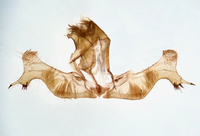
| Recorded by: Jim Petranka on 2025-04-01
Madison Co.
Comment: Male genitalia. | 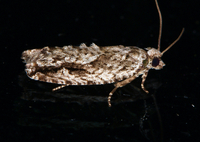
| Recorded by: Jim Petranka on 2025-03-29
Madison Co.
Comment: |

| Recorded by: Jim Petranka on 2025-03-23
Madison Co.
Comment: Id based on maculation and genitalia. | 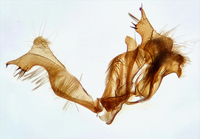
| Recorded by: Jim Petranka on 2025-03-23
Madison Co.
Comment: |
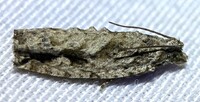
| Recorded by: Dean Furbish on 2024-11-18
Wake Co.
Comment: | 
| Recorded by: Dean Furbish on 2024-11-18
Wake Co.
Comment: |

| Recorded by: Chuck Smith on 2024-10-13
Davidson Co.
Comment: | 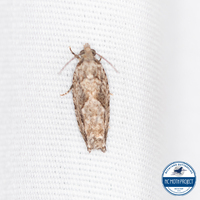
| Recorded by: Lior S. Carlson, Dean Furbish on 2024-08-13
Pamlico Co.
Comment: |
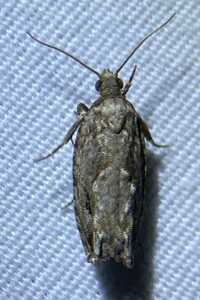
| Recorded by: Dean Furbish, Lior S. Carlson on 2024-08-12
Pamlico Co.
Comment: | 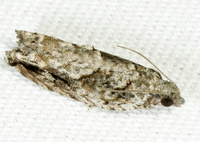
| Recorded by: John Petranka on 2024-07-31
Orange Co.
Comment: |
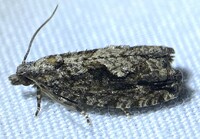
| Recorded by: Dean Furbish, Lior S. Carlson on 2024-06-25
Orange Co.
Comment: | 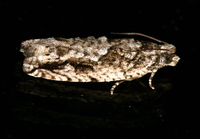
| Recorded by: Jim Petranka on 2024-05-24
Madison Co.
Comment: |

| Recorded by: Dean Furbish on 2024-05-13
Wake Co.
Comment: | 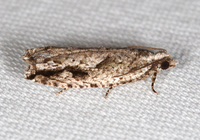
| Recorded by: Jim Petranka on 2024-04-01
Madison Co.
Comment: |
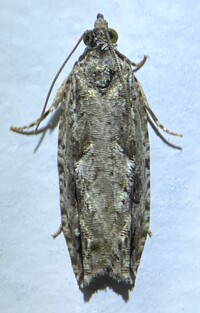
| Recorded by: Dean Furbish on 2024-04-01
Wake Co.
Comment: | 
| Recorded by: Dean Furbish on 2024-04-01
Wake Co.
Comment: |

| Recorded by: John Petranka on 2024-03-20
Orange Co.
Comment: Verifed by dissection. | 
| Recorded by: Dean Furbish on 2024-03-13
Wake Co.
Comment: |
|

 »
»